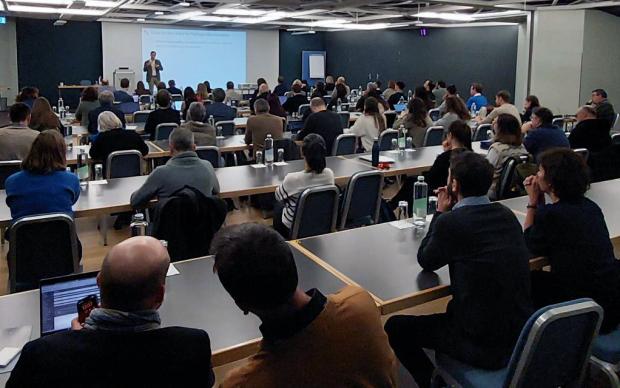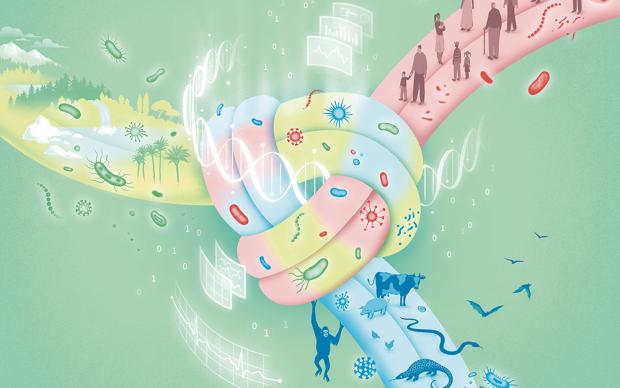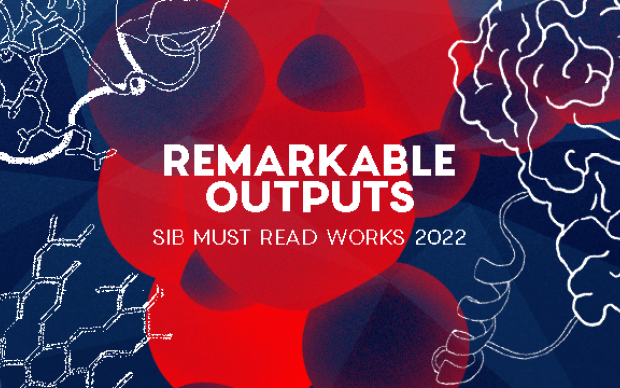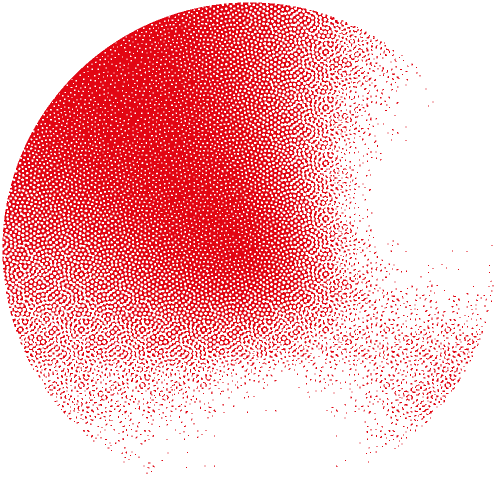
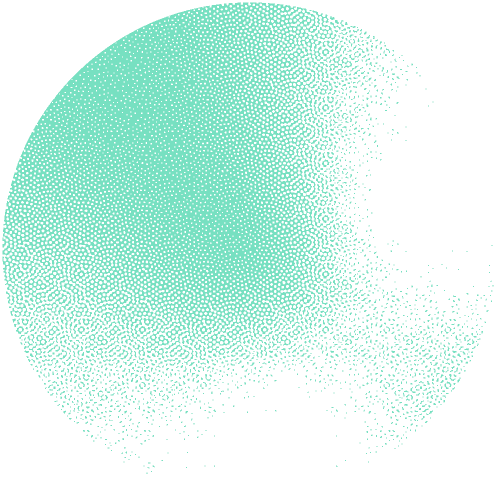
The Computational Biology Group is involved in research and teaching in the areas of computational biology, biostatistics, and systems biology. We aim at supporting the rational design of medical interventions in complex and rapidly evolving systems. To achieve this goal, we develop models and algorithms for the statistical analysis of high-throughput molecular data, we analyze biological networks and predict the effect of perturbations, and we design evolutionary models of rapidly adapting disease-causing agents. We are engaged in several personalized medicine efforts, particularly in oncology and virology.
The group develops the SIB Resource V-pipe, a software tool for the analysis of viral high-throughput sequencing data. Read the interview to know more about V-pipe's latest applications and developments.

